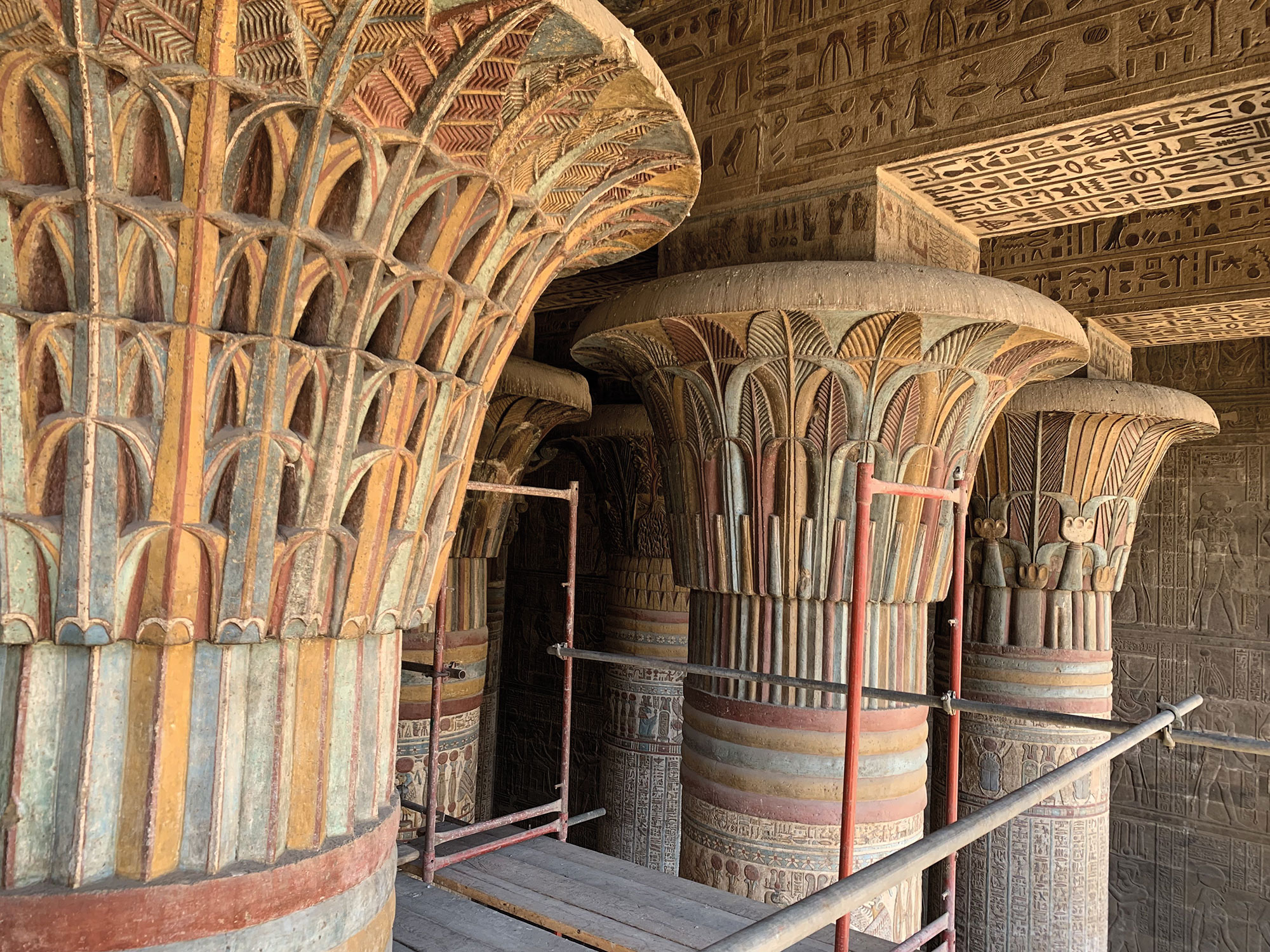VIENNA, AUSTRIA—According to an Associated Press report, construction workers renovating a soccer field in the Simmering neighborhood of Vienna uncovered an ancient mass grave containing as many as 150 bodies, probably those of soldiers killed during a violent clash between the Roman army and Germanic tribes. It is the earliest evidence of fighting between the two groups along the Roman Empire’s northern frontier. At least one skeleton was confirmed to belong to a Roman soldier and further testing is slated to determine the identities of the other combatants. All of the individuals, who were male and between the ages of 20 and 30, showed evidence of physical injury, either to their head, torso, or pelvic area. Radiocarbon dating, as well as analysis of artifacts found within the grave, suggests that they were hastily buried in the late first or second century a.d. The burial is unique because deceased Roman soldiers were typically cremated until the third century, so the discovery is the first of its kind. “Within the context of Roman acts of war, there are no comparable finds of fighters,” said archaeologist Michaela Binder, who led the archaeological dig. “There are huge battlefields in Germany where weapons were found. But finding the dead, that is unique for the entire Roman history.” Researchers suspect the soldiers may have been part of the emperor Domitian’s campaigns along the Danube River between a.d. 86 and 96. To read about an ancient city in Austria that was one of the largest in the Roman Empire, go to "Take Me Out to the Ball Game."
Roman-Era Mass Grave of Soldiers Unearthed in Vienna
News April 7, 2025
Recommended Articles
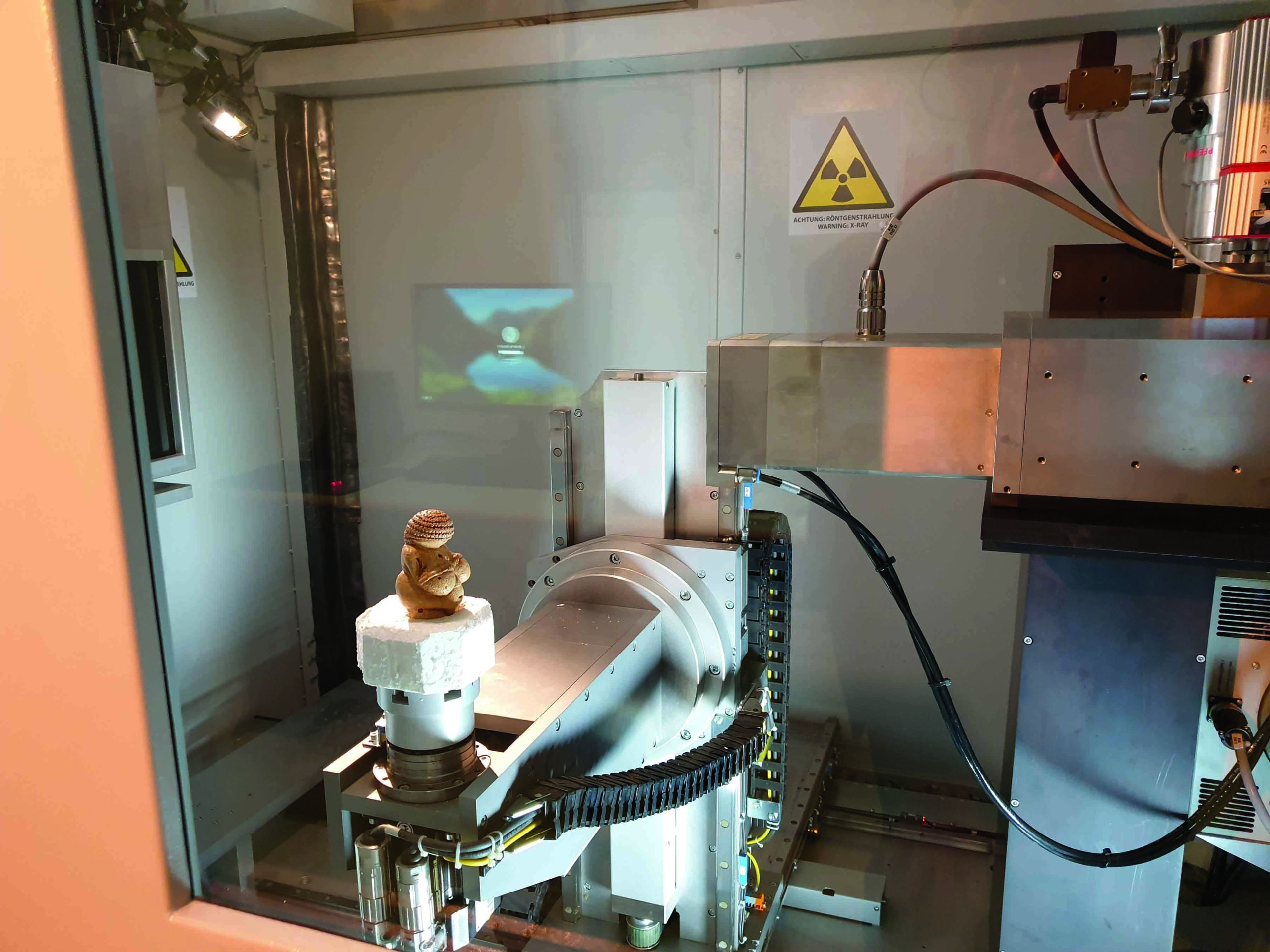
Digs & Discoveries March/April 2022
A Shining Example
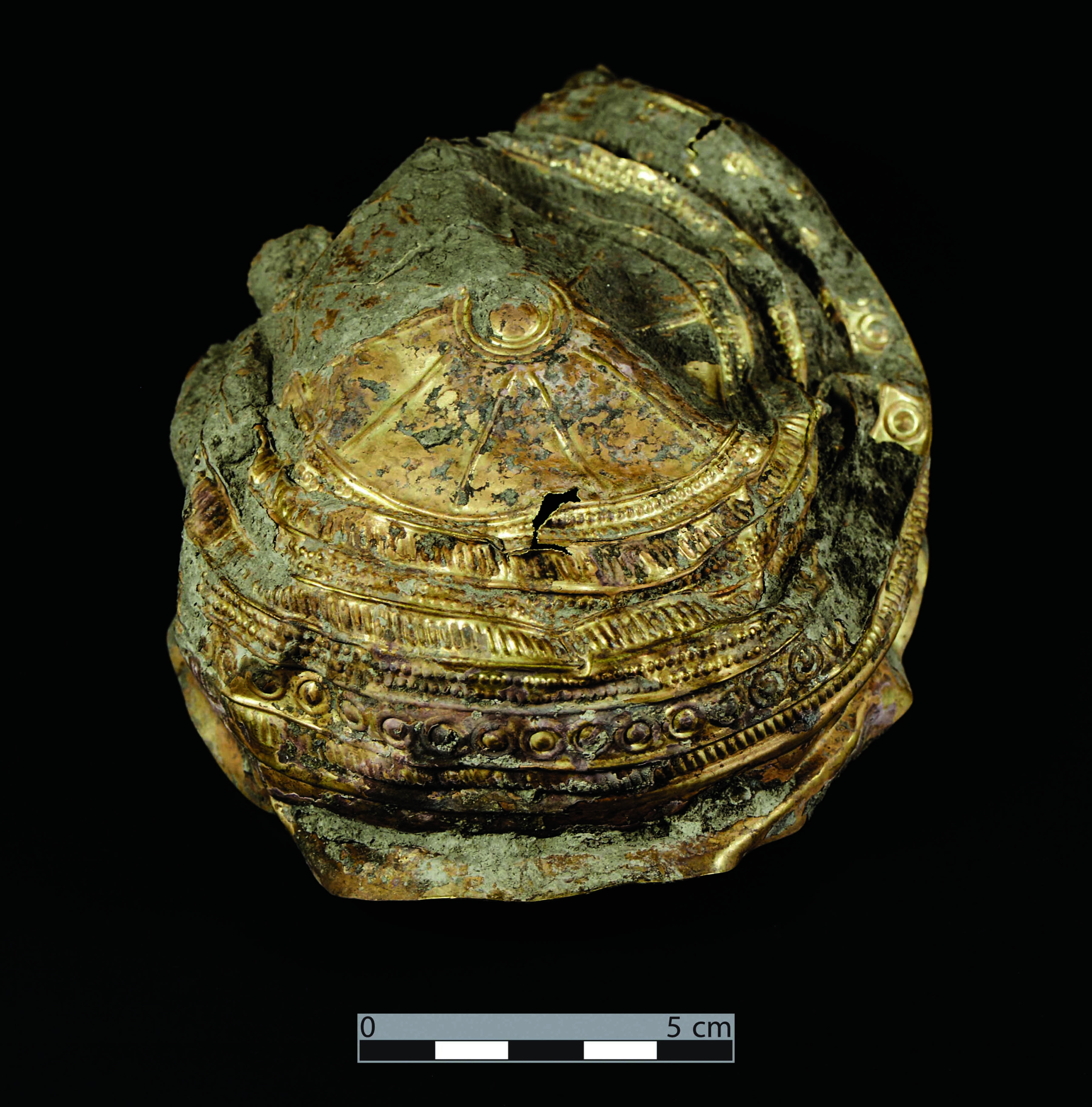
Digs & Discoveries May/June 2021
A Twin Burial
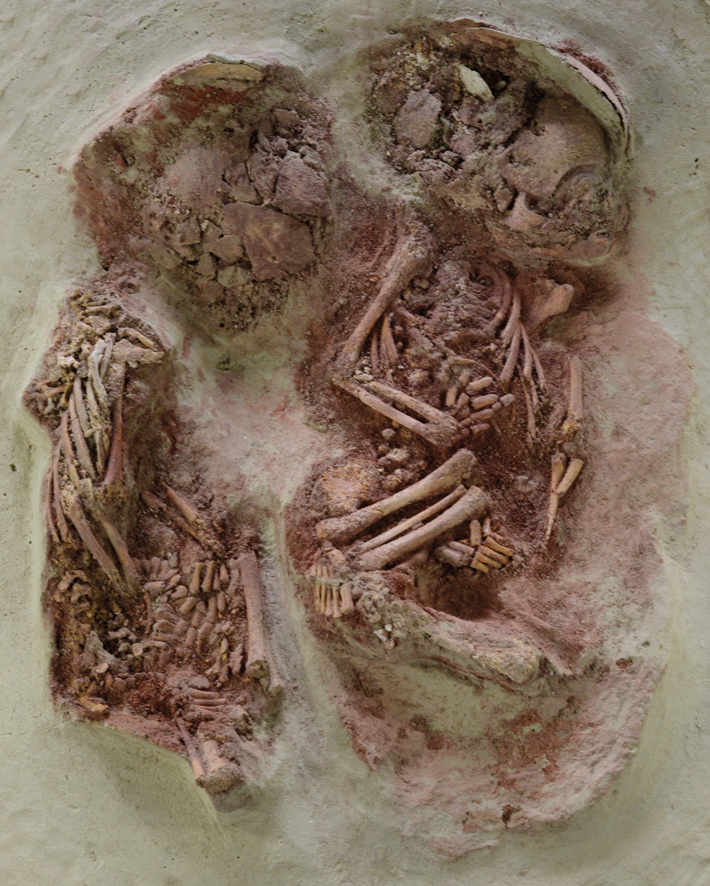
Digs & Discoveries July/August 2017
Take Me Out to the Ball Game

-
Features March/April 2025
The Shell Seekers
How hunter-gatherers in northern Florida facing an uncertain future revived a powerful symbol of their past
 © Majka Media
© Majka Media -
Features March/April 2025
Unearthing an Elusive Empire
Archaeologists have discovered rare evidence of an enlightened medieval dynasty that ruled much of Central Asia
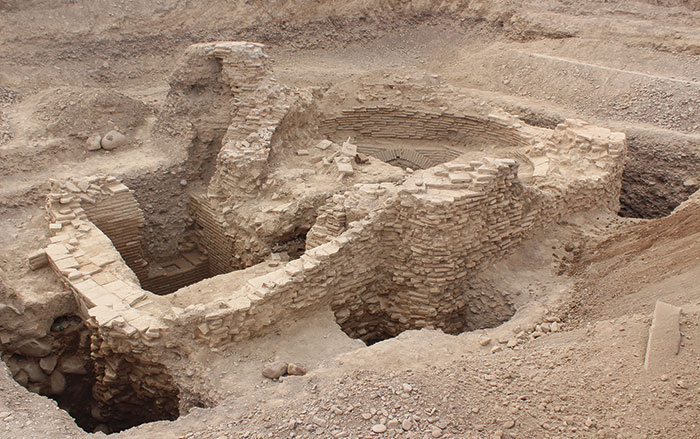 Photo by Kubatbek Tabaldiev and Kunbolot Akmatov
Photo by Kubatbek Tabaldiev and Kunbolot Akmatov -
Features March/April 2025
The Secrets of Porvenir
Remembering the victims of a 1918 massacre that shook a Texas border community
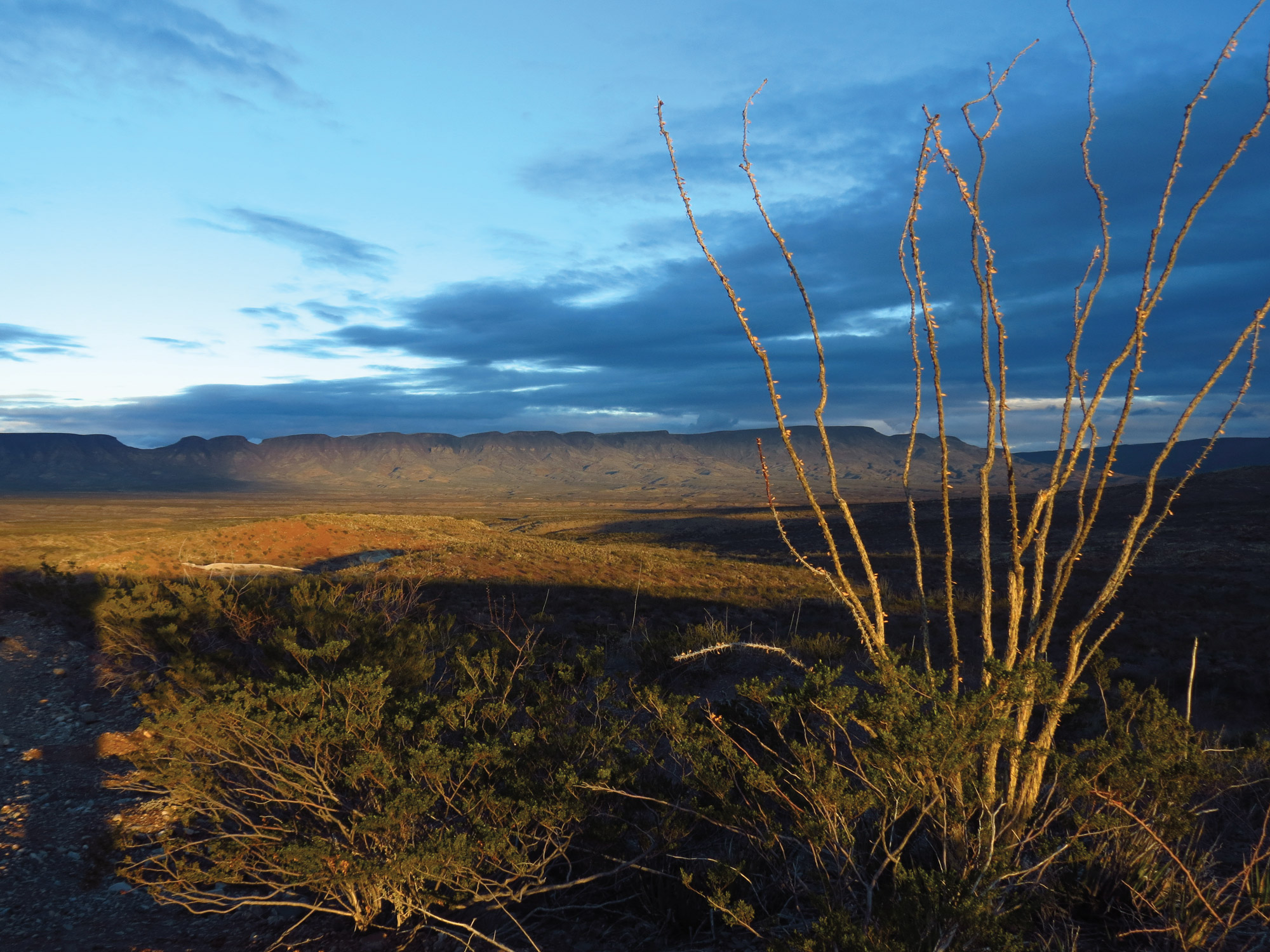 Courtesy David Keller
Courtesy David Keller -
Features March/April 2025
Ahead of Their Time
Excavations reveal the surprising sophistication of Copper Age villagers in southwestern Iran 6,000 years ago
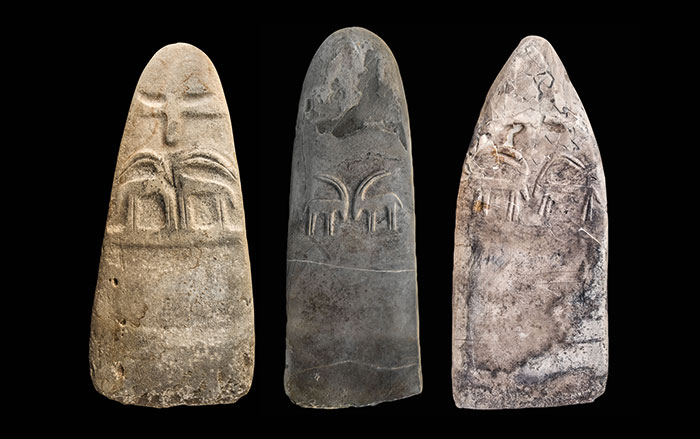 Zohreh Prehistoric Project Archive
Zohreh Prehistoric Project Archive


